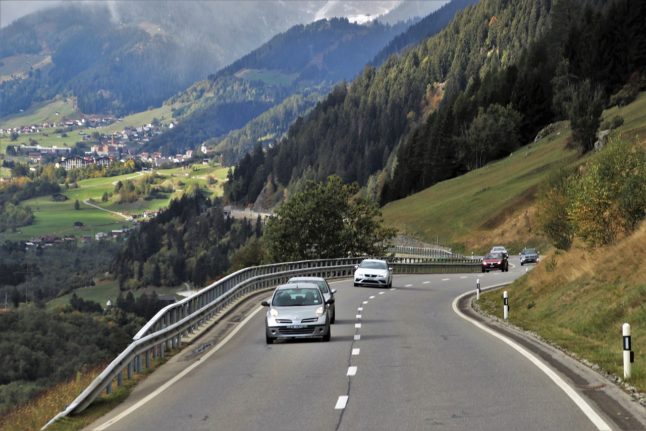Unlike in many European countries, you must leave your headlights on when driving in Switzerland during the day. This law, which came into force on January 1st 2014, applies to all motor vehicles, including two-wheelers. Failure to do so will result in a fine of 40 Swiss francs.
Moreover, Switzerland differentiates between daytime running, low beam, high beam, parking, and fog lights, and it is crucial to ensure you have the appropriate light switched on for the time of day and/or weather.
So, which light do you need to switch on when?
Low beam lights
Drivers in Switzerland must switch on their low beam lights during heavy rain, snow, fog, night-time, poor visibility, in a tunnel, or whenever there is insufficient lighting. This is because daytime running lights are considered too weak and work without the rear lights being switched on.
If you’re looking to avoid a fine at all costs, then always double check your low beam lights are switch on – even if you happen to have a car that turns them on automatically as the detectors may not respond accurately.
READ MORE: The dos and don’ts of driving in Switzerland
Parking lights
As the name suggests, drivers must turn on their parking light whenever they are parked in the dark or wherever there is a lack of visibility, especially in quieter regions.
Coincidentally, if you come to a stop for a longer time 9closed railway barriers, traffic light at construction sites and similar), but are not parked, you are also encouraged to switch from low beam to the parking lights. This is particularly the case if you stop next to a road.
You will not need to switch on your parking lights if you are parked in a marked parking space (blue or white zone), or in a well-lit area.
READ MORE: What are Switzerland’s complicated parking rules?
High beam lights
The high beam lights, or headlights, should only be used as in conjunction with the low beam lights if visibility is not sufficient, for instance, when driving on dark forest roads at night.
However, headlights must be switched off whenever a vehicle approaches you from the opposite way or whenever you are crossing paths with a train on a railway line that runs directly alongside a road.
Likewise, you must switch your headlights off when driving in a queue or reversing.
If you’re driving near pedestrians or in cities, towns, and villages, avoid turning your headlights on altogether.
Fog lights
If you’re hitting the road in particularly foggy weather, then you should switch on your fog lights. The same goes for when visibility is poor as a result of driving snow or heavy rain.
However, according to the Swiss Traffic Rules Ordinance visibility must be significantly reduced in order for you to be allowed to switch on your fog lights and it is crucial you do not misuse them as this can be very dangerous for other drivers.
So, if the fog is not severe and visibility is good, you must not switch on your fog lights under any circumstances, whether you are in a queue, on the motorway, or driving any other road.



 Please whitelist us to continue reading.
Please whitelist us to continue reading.
Member comments